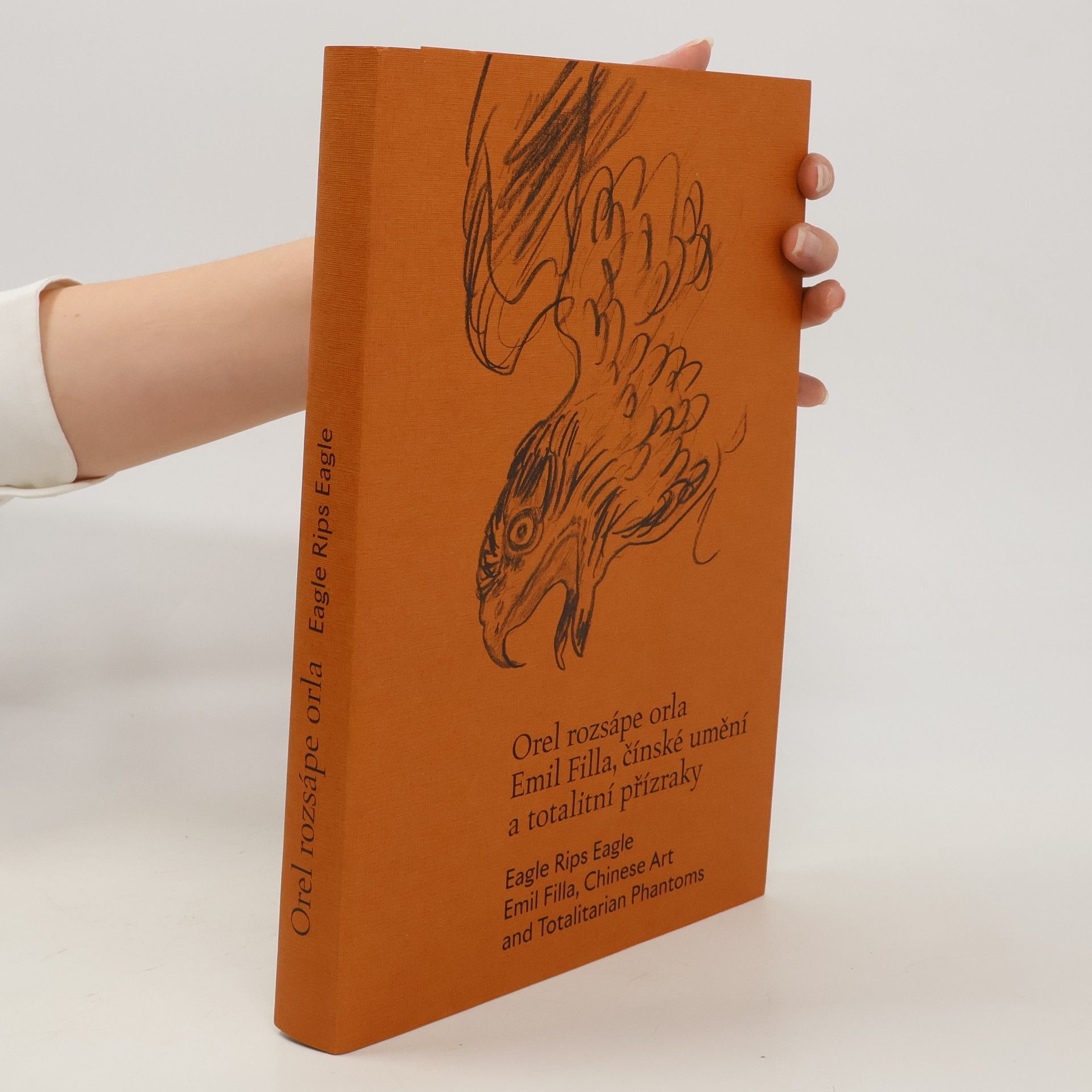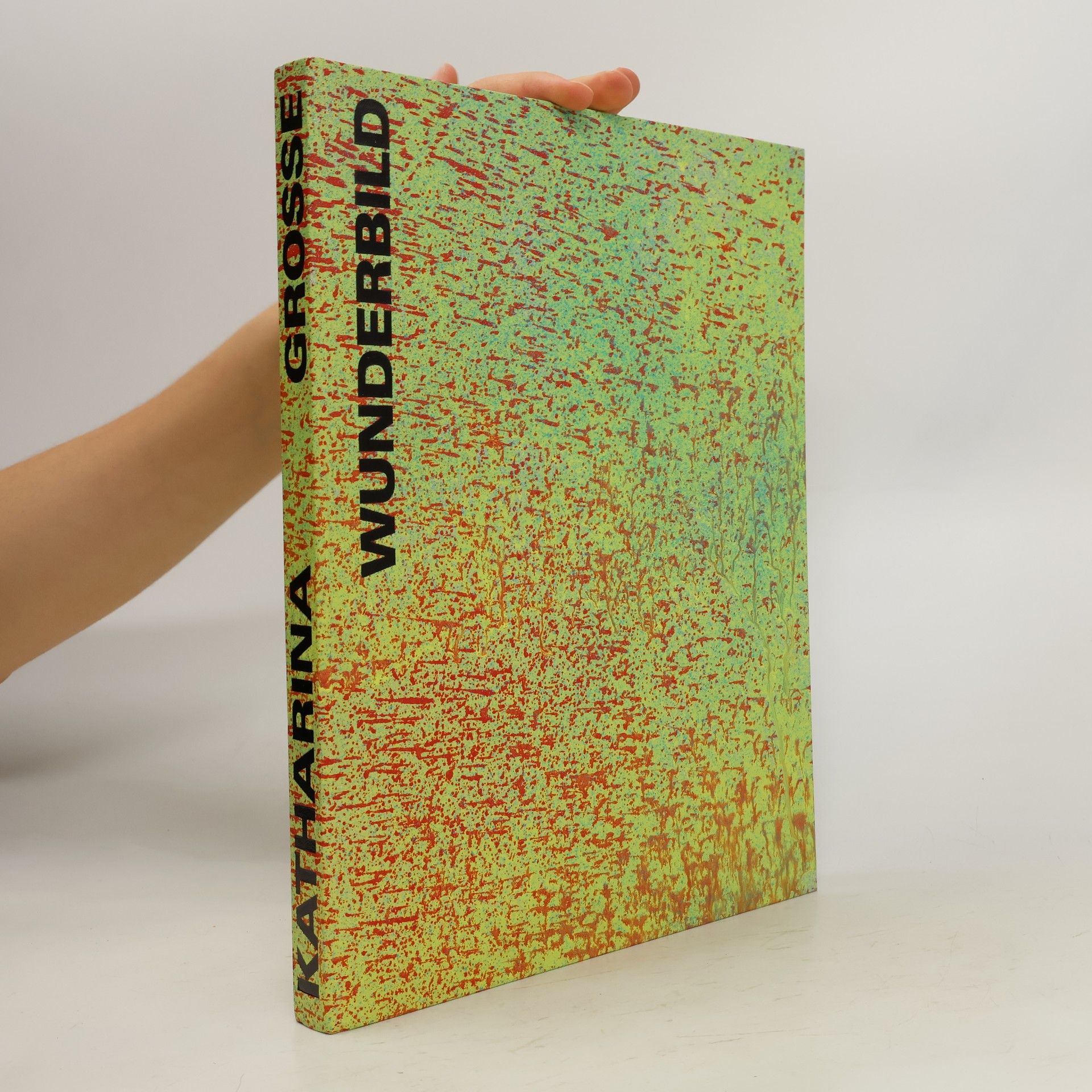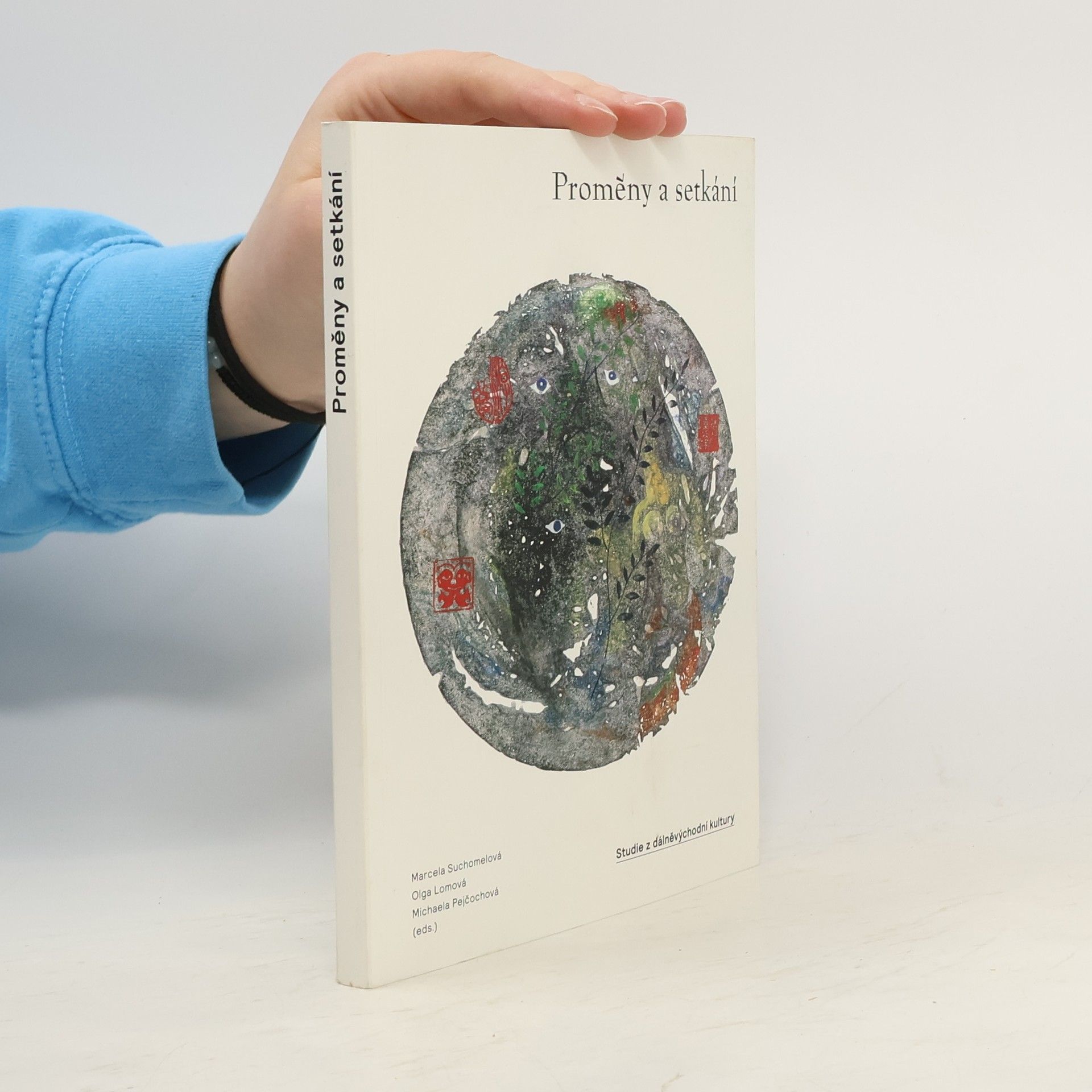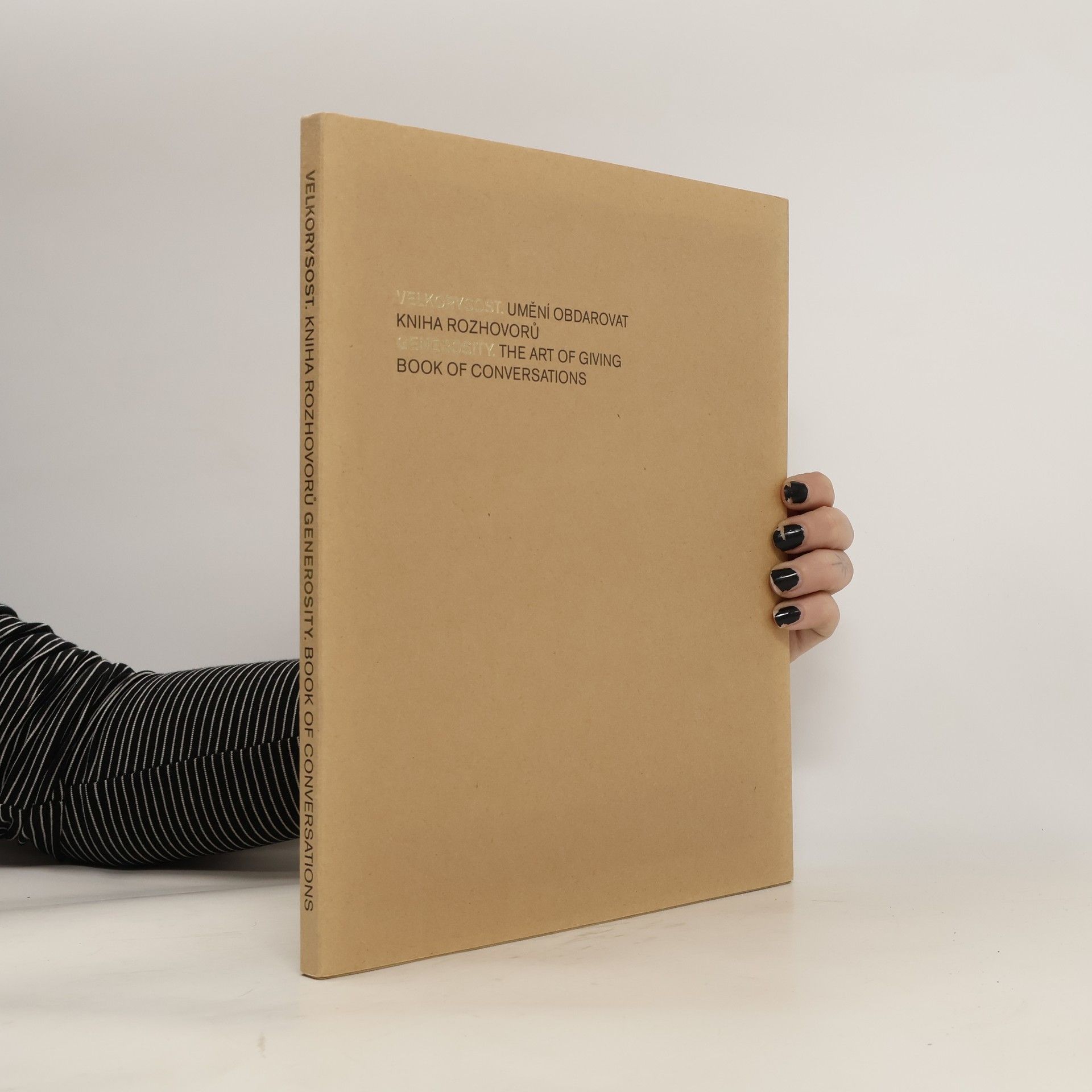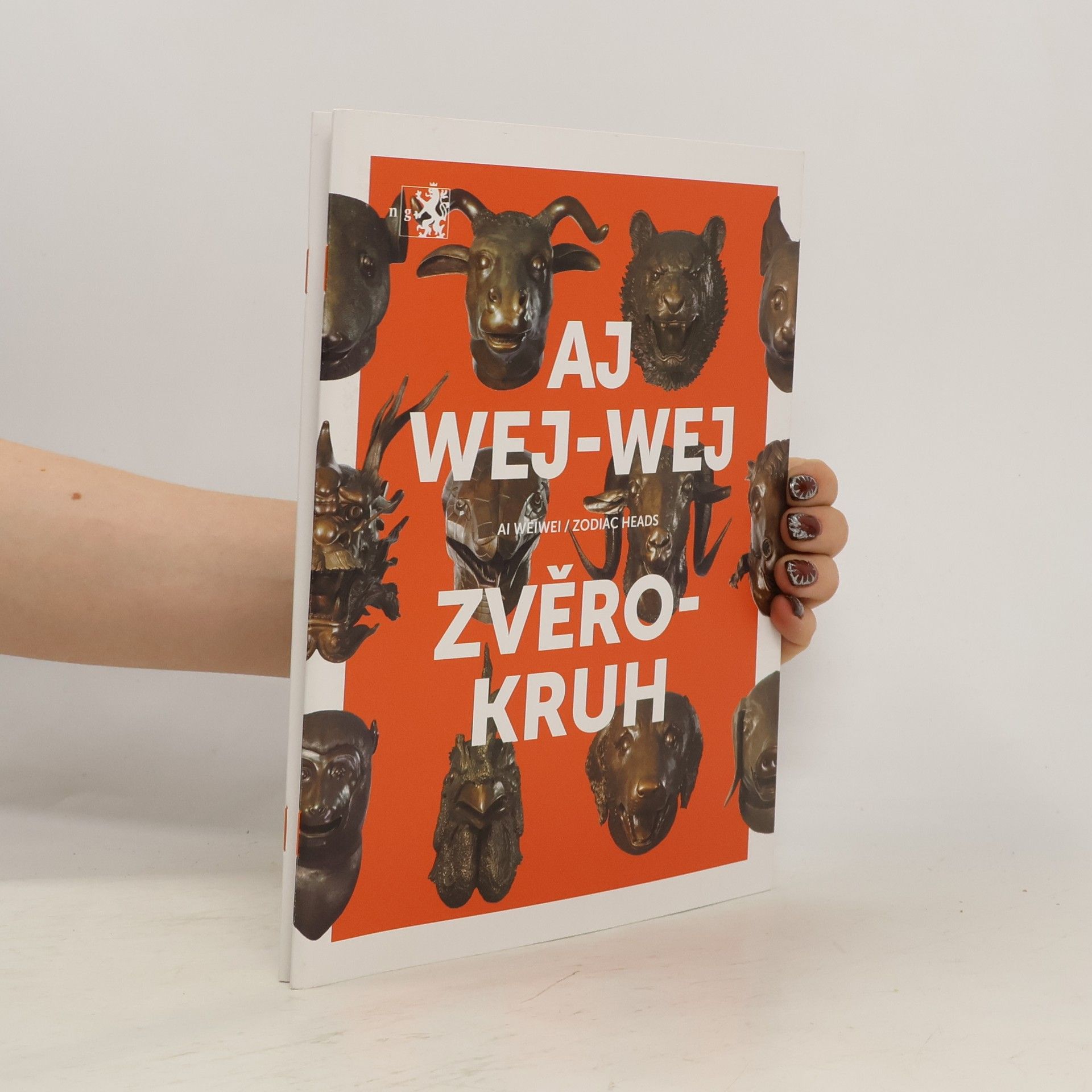Kniha se věnuje poválečné tvorbě českého malíře, sochaře a teoretika Emila Filly (1882-1953) a jeho vztahu k čínskému umění a komunistické ideologii. Popisuje Fillovu jedinečnou sbírku čínského umění a přibližuje její vznik. Přináší také zamyšlení nad Fillovým chápáním dálněvýchodní malby, které se odrazilo v jeho textech o čínské krajinomalbě i jeho pozdních obrazech. Právě jim je věnována zvýšená pozornost, a to zejména z hlediska postoje, který k nim zaujímali představitelé komunistického režimu, jejichž často vulgarizující názory hluboce a neblaze zasahovaly do umělcova života i díla. Filla čelil různým formám perzekucí, přesto se mu podařilo zůstat až do konce života ve funkci profesora Vysoké školy uměleckoprůmyslové v Praze. Kniha vychází při příležitosti otevření nové expozice v Pamětní síni Emila Filly na zámku Peruc, který umělci poskytl letní útočiště a sehrál v jeho pozdních aktivitách podstatnou roli.
Michaela Pejčochová Book order

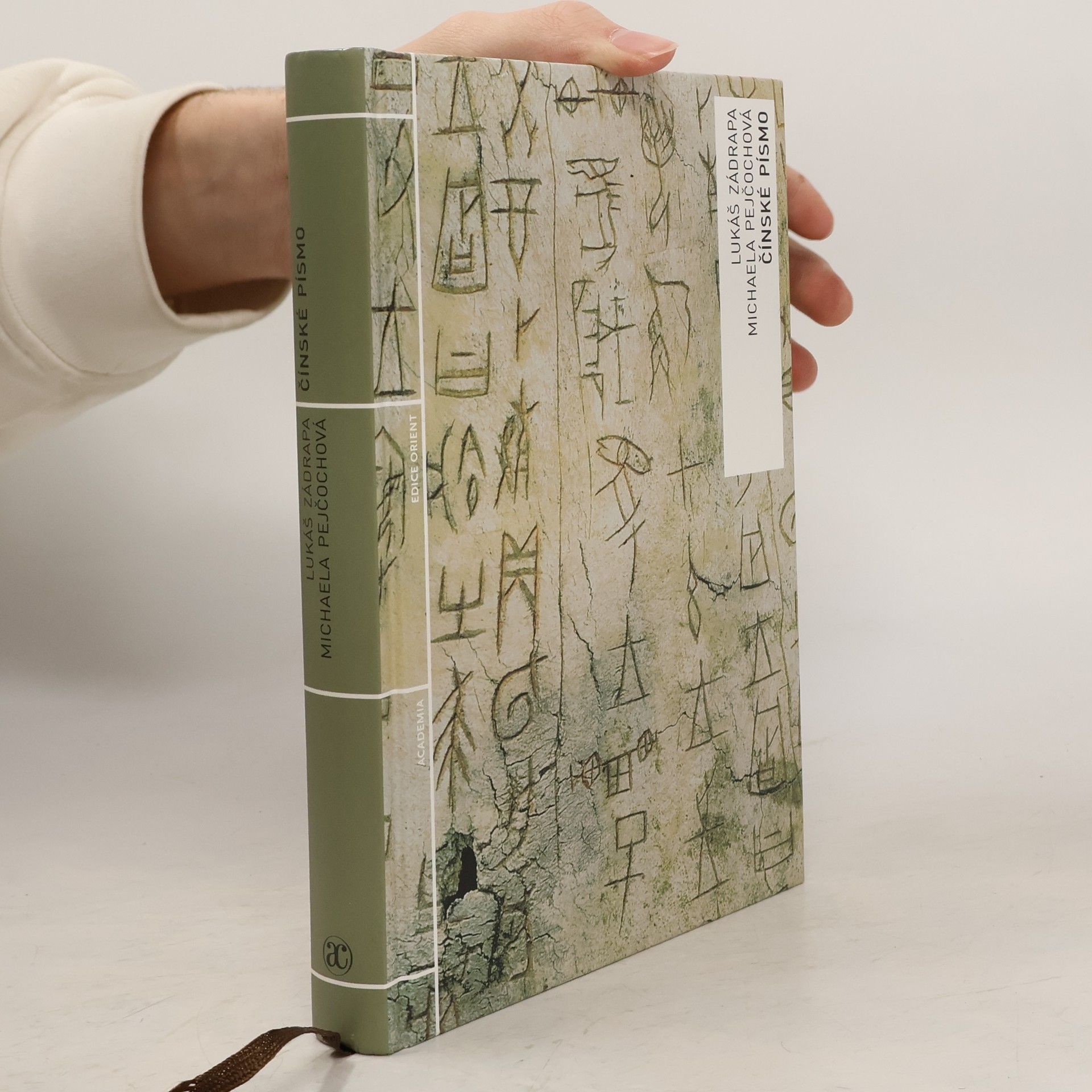

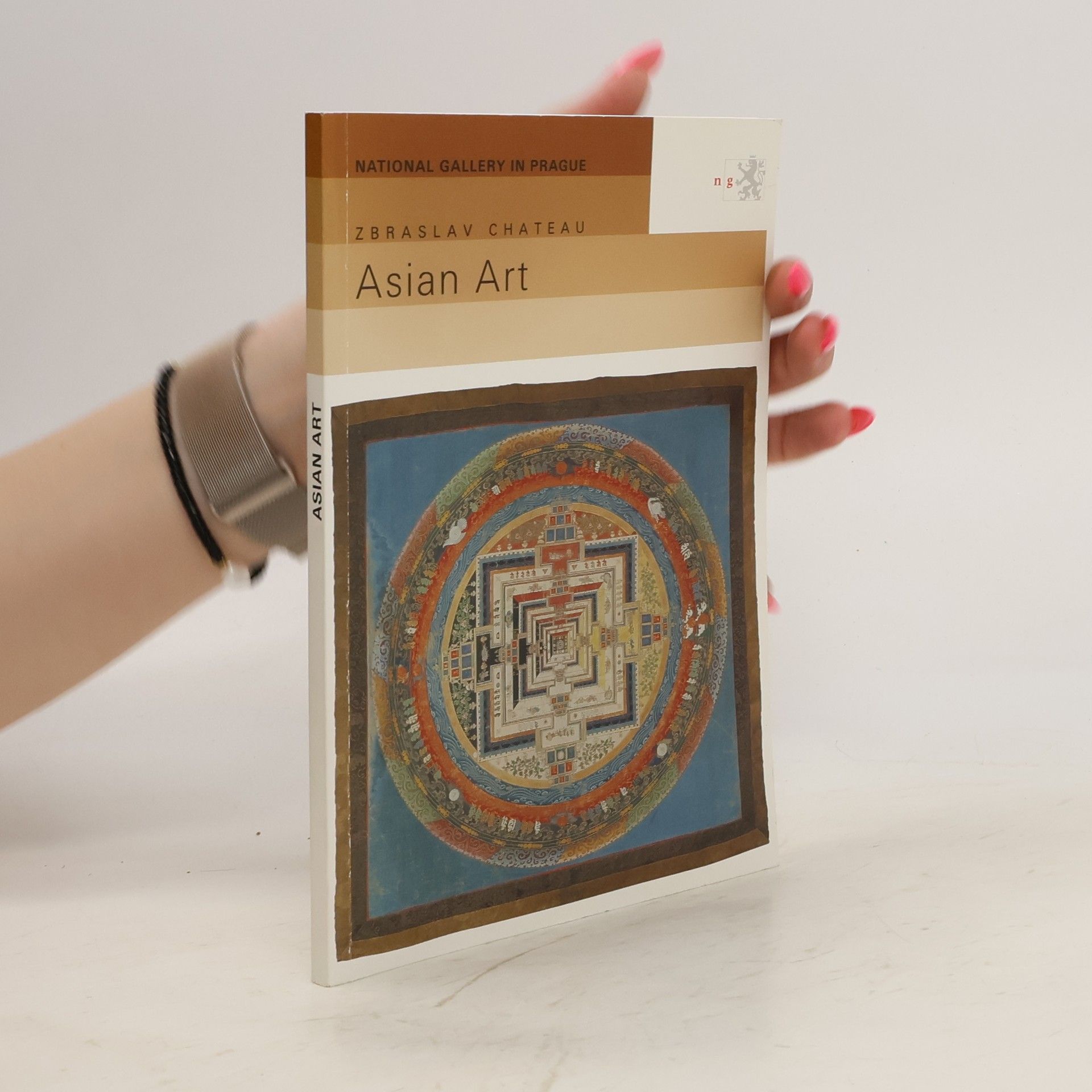
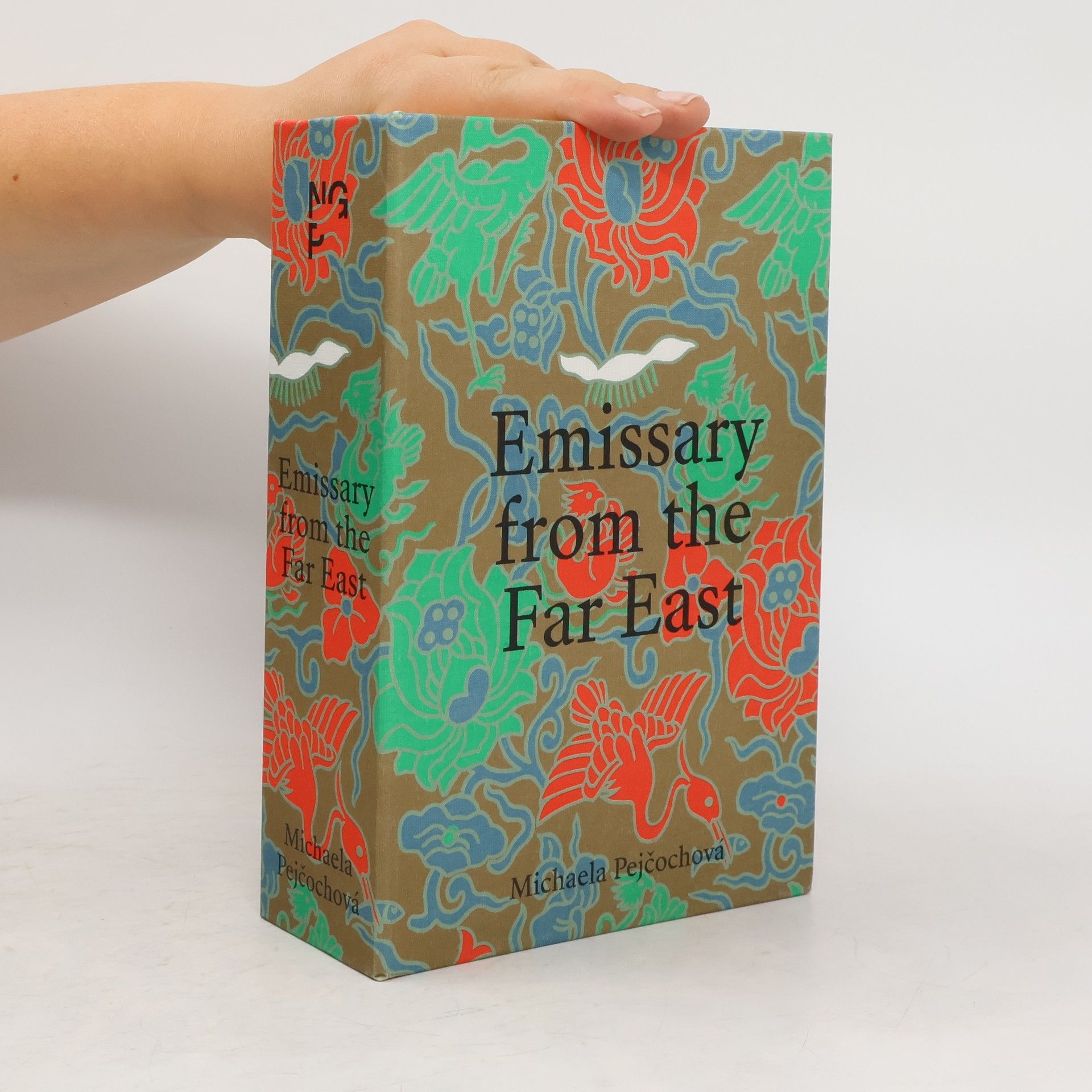
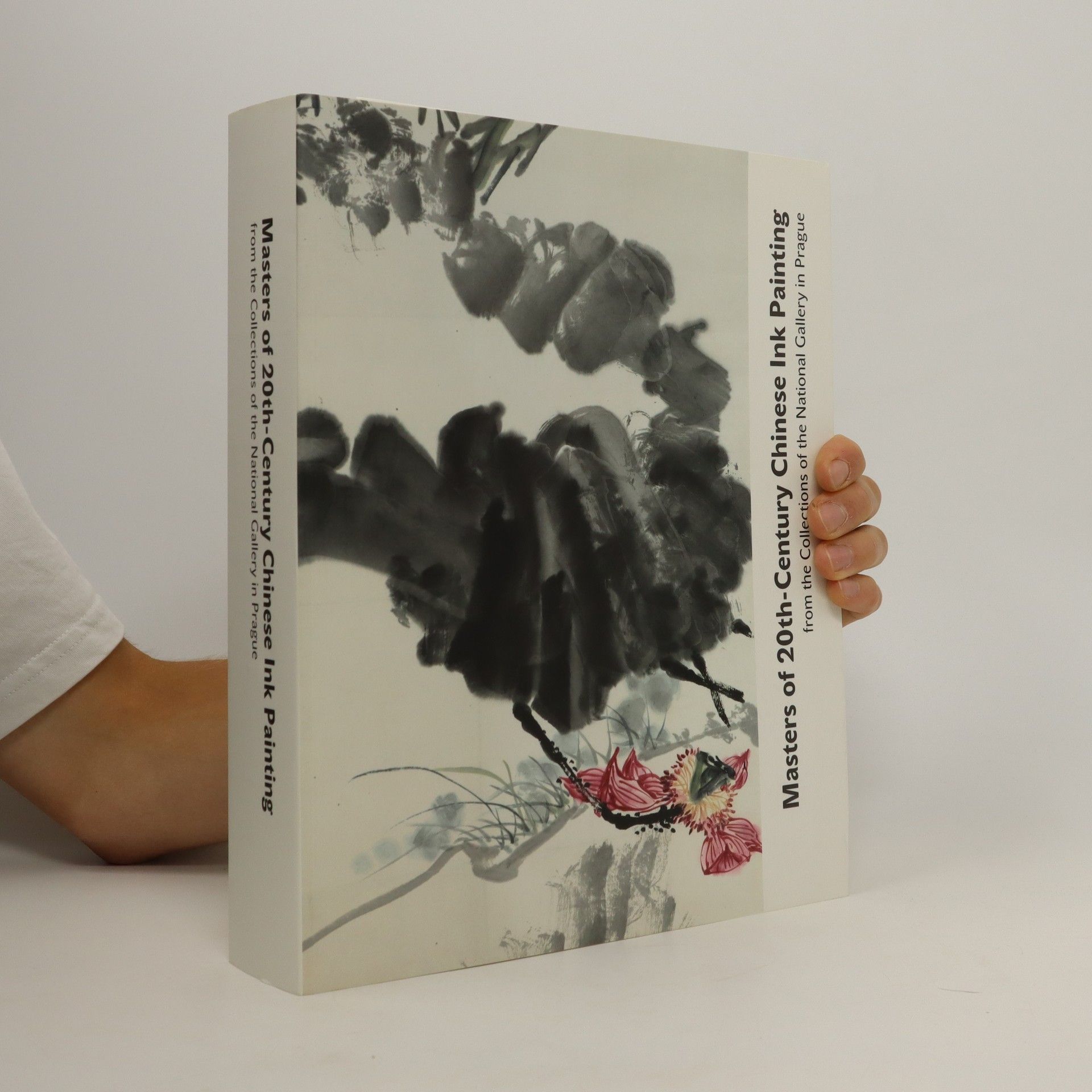
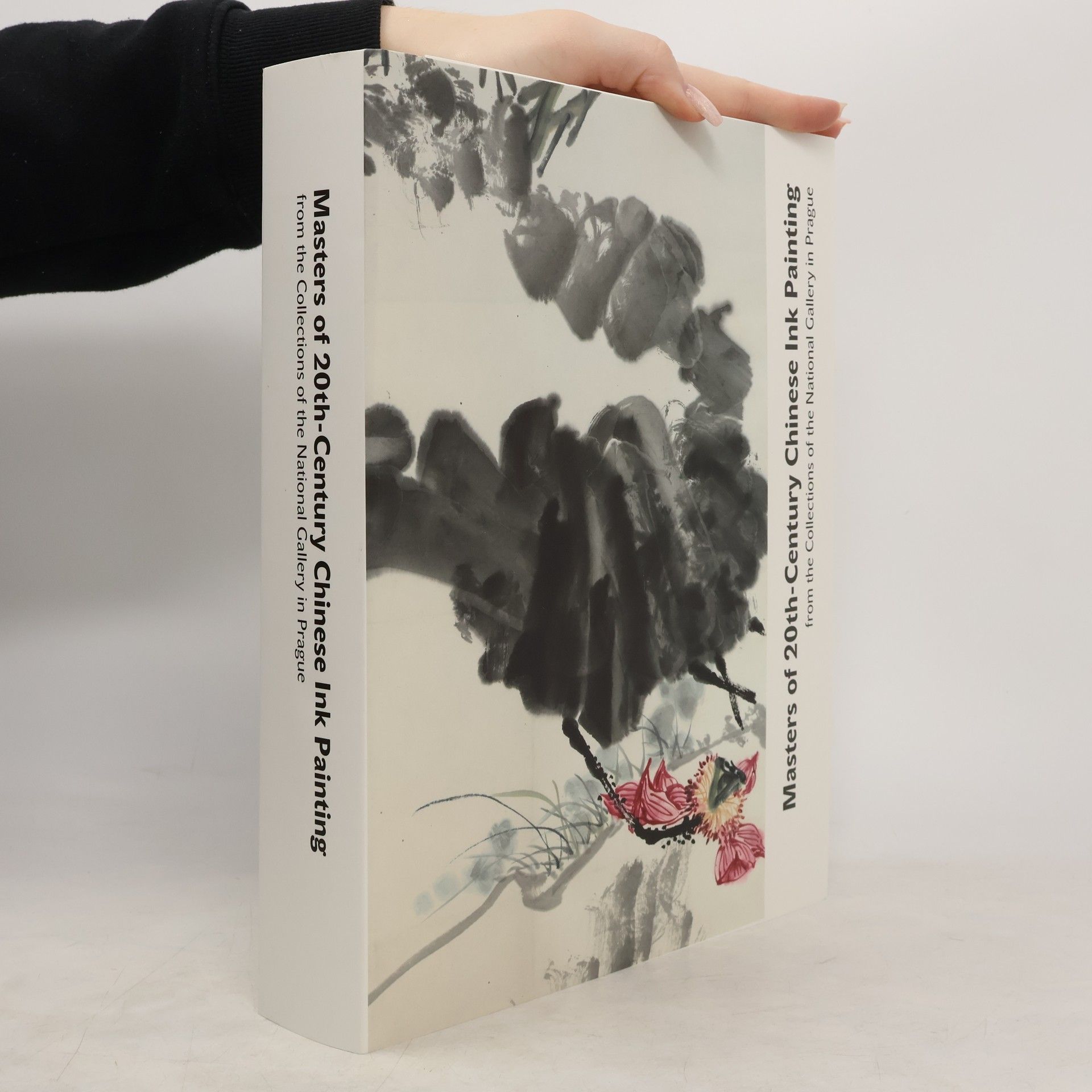
- 2024
- 2022
V listopadu 1951 bylo v Národní galerii založeno oddělení orientálního umění, jehož přednostou se krátce nato stal indolog Lubor Hájek. V průběhu následujících desetiletí se v jeho sbírkách podařilo shromáždit přes deset tisíc předmětů asijského umění a představit je na desítkách krátkodobých výstav. S nebývalým zaujetím připravená publikace Sto let jednoho stromu je věnována Luboru Hájkovi k nedožitým stým narozeninám. Podrobně popisuje okolnosti vzniku sbírek asijského umění před druhou světovou válkou a přibližuje okamžiky založení orientálního oddělení Národní galerie počátkem padesátých let. Ukazuje, z jakých zdrojů sbírky orientálního oddělení čerpaly, a představuje osobnosti, které se na jeho zrodu podílely. Vypráví pohnutý příběh dvou dlouhodobých expozic čínského umění v zámku Troja a v Benešově nad Ploučnicí a téměř detektivním způsobem pomocí dobových dokumentů mapuje okolnosti požáru benešovského zámku v roce 1969, který část asijských sbírek zničil. Závěrečné pasáže knihy představují erudovaného odborníka Lubora Hájka jakožto milovníka a znalce asijského umění, jemuž sbírky někdejšího orientálního oddělení do značné míry vděčí za svou podobu a obsah. Publikace tak přináší detailní vhled do procesů fungování i kontextu institucionálního sběratelství asijského umění v Československu v meziválečném a poválečném období.
- 2019
"The publication provides insight into the complex life story of the artist Vojtěch Chytil (1896-1936) and the history of his collections of modern Chinese ink painting, ancient Chinese art, as well as Tibetan and Japanese art. Despite being mainly a painter and art collector, Chytil tried his luck also in business and politics, which makes his career an interesting example of the intricate paths an individual's fate could take in the interwar Czechoslovakia. His collection, with several dozens of paintings by the legendary master Qi Baishi (1864-1957) leading the list, is reconstructed in its entirety. It has become the core of the collection of modern Chinese painting at the National Gallery Prague and to this day counts among the most remarkable collections of its kind worldwide. The unique graphic design of the book includes elements of original Chinese textile design and bookbinding."--Publisher's website https://shop.ngprague.cz/emissary-from-the-far-east-2 viewed 02/24/2021
- 2019
Vojtěch Chytil a sběratelství moderní čínské tušové malby v meziválečném Československu. Publikace přibližuje dramatický životní příběh akademického malíře a sběratele Vojtěcha Chytila (1896 – 1936).
- 2018
Katharina Grosse
Wunderbild
Publikace věnovaná tvorbě německé výtvarnice Kathariny Grosse. Vyšlo u příležitosti výstavy její velkorozměrné malířské instalace, kterou umělkyně vytvořila pro Velkou dvoranu Veletržního paláce v Praze. S deskami vyrobenými za užití originálu díla autorky.
- 2017
Proměny a setkání: Studie z dálněvýchodní kultury
- 224 pages
- 8 hours of reading
Osm vybraných sond do různých aspektů čínské a také japonské kultury, včetně studie o lidovém umění vycházející z naší domácí zkušenosti, se různým způsobem dotýká obecných problémů tradice a její interpretace, kulturní kontinuity, způsobů poznávání jiného a obohacování sebe sama.
- 2016
Publikace přináší překlad významného staročínského traktátu k teorii krajinomalby spolu se zrcadlovým čínským originálem a podrobným rozborem tohoto teoretického spisu, doplněným barevnou obrazovou přílohou. Severosungský malíř Kuo Si, známý svými nástěnnými malbami a svitky s krajinnými motivy, zanechal také záznam svých názorů na malířskou tvorbu v textu, který po jeho smrti redigoval syn Kuo S’. Kuo Si byl samoukem a rád se toulal po lesích a horách, kde studoval krajinné scenérie, které se staly náměty jeho obrazů. Jeho proslulost vedla k pozvání do císařského paláce, kde se stal oblíbeným malířem císaře Šen-cunga. Traktát Vznešené hodnoty lesů a potoků měl zásadní dopad na malířskou tvorbu následujících období. Kuo Si v něm reflektuje filosofické a estetické základy malířství a technické problémy zobrazování krajiny, kterou chápe jako útočiště pro vzdělaného člověka hledajícího odpočinek a vnitřní naplnění. Malbu krajiny vidí jako prostředek ke sblížení s přírodou, a to jak duchovně, tak fyzicky, pokud se malíř nemůže vydat do přírody. Mnohá z těchto ponaučení zůstávají živá a patří k základním pravidlům čínské krajinomalby dodnes.
- 2009
Populárně naučná příručka uvádějící čtenáře do problematiky čínského znakového písma. Spíše než na praktické návody je zaměřena na povahu této písemné soustavy a především na širší společenský kontext, v němž se vyvinula a byla a je užívána. Obsahuje tři díly. První se zabývá čínskými znaky samotnými, jejich stavbou a funkcí, nicméně také stručně připomíná dějiny jejich poznávání v evropském vzdělaneckém prostředí.
